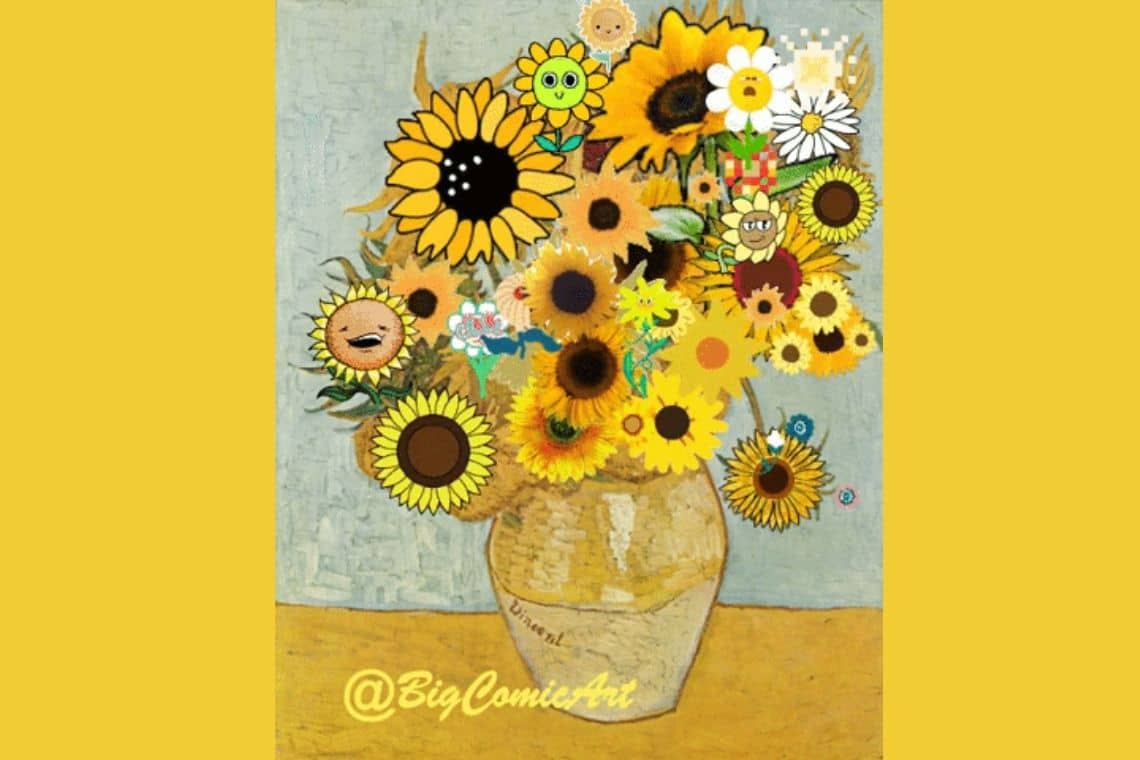“Sorry Amsterdam, I tokenized it first” is the phrase which begins the description of the artwork entitled “Open Domain” by the digital artist Jake Johnson to jokingly inform the city of Amsterdam, where the museum that collects the works of the artist Vincent Van Gogh is located, of having tokenized the Dutch artist’s “Sunflowers”.
The evolution of art towards tokenization
Definitely yes, at least a significant part of art. In a world where we all now use digital technologies to communicate and interact with each other, to work and to buy things, art will also progress towards digital. It is inevitable.
This evolution is facilitated by the so-called tokenization, i.e. the possibility of associating an artwork to an NFT (Non-Fungible Token), i.e. to a unique digital asset that contains all the advantages of being linked to a cryptocurrency in terms of ease of transfer and guarantee of authenticity.
The world of art is gradually becoming aware of the existence of this innovation arising from recent technologies, which gives artists the opportunity to experiment with new forms of expression and explore previously unavailable possibilities.
Art collectors and the benefits of tokenization
Collectors will also be able to enjoy the benefits of tokenization because, once they understand the basic mechanism linked to the cryptocurrency world, it will be much easier for them to buy, hold and exchange art, while always being certain of the authenticity of the work in their possession thanks to blockchain technology.
On the blockchain, in fact, artists can record their work of art to establish the date of creation and ownership, and when the ownership is passed on to someone, it is possible to view the history of the transactions and determine whether it is the real work or a fake by tracing it back to the author.
Last but not least, artists will also benefit if they use platforms like Super Rare where, with each sale, artists receive a percentage of the digital money that has been used for the trade of the artwork in question, allowing them to make a decent living from their art.
Or, thanks to the efforts of companies like Maecenas, collectors can only buy part of a work of art, as they might only purchase a percentage in tokens.



